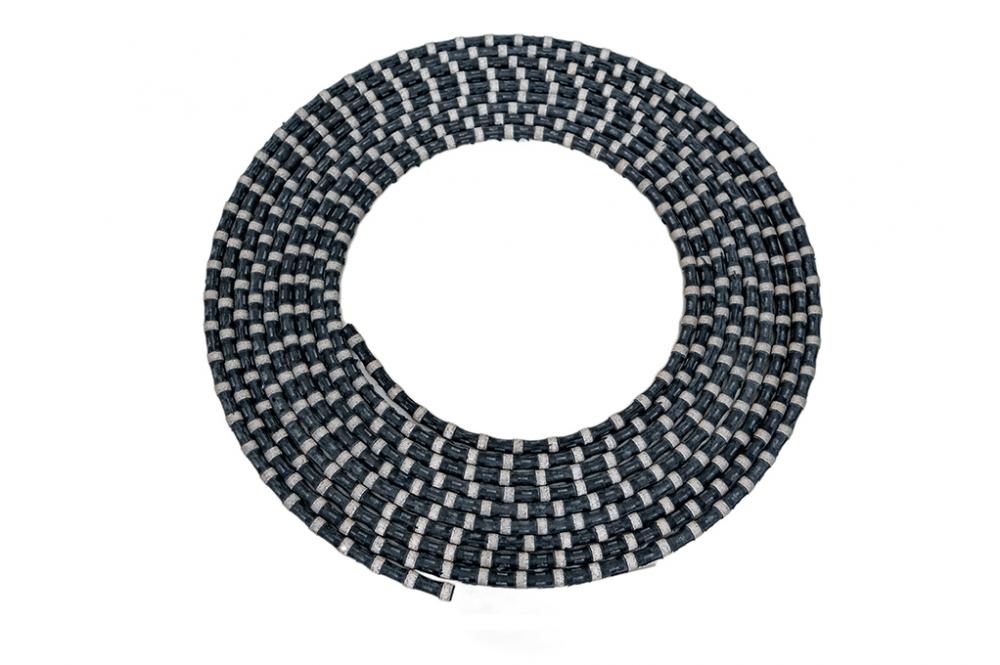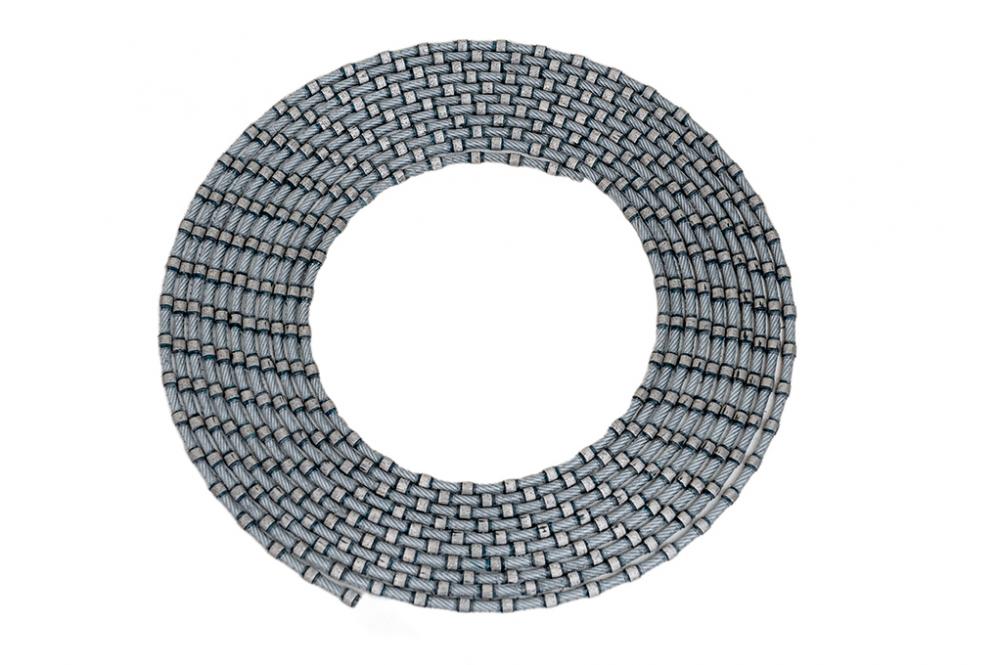Mixing uniformity and noise detection problem of feed mixer
Core Tip: This article introduces the issues related to the mixing uniformity and noise of the feed mixer. See below for details.
Mixing uniformity and noise are two important indicators in the detection of feed mixers. There are many factors affecting the results of these two indicators, and it is easy to neglect, resulting in inaccurate measurement results.
First, the mixing uniformity
There are two methods for determining the uniformity of mixing, namely the methyl violet method and the precipitation method. The methyl violet method uses methyl violet as a tracer, and adds it together with the additive to the feed to be mixed. After the feed is mixed, the sample is taken therefrom, and then the methyl violet content in the sample is determined by colorimetry. As a basis for reflecting the uniformity of feed mixing. The methyl violet method is the most commonly used method for determining the mixing uniformity, and it is also the most accurate and reliable method. Only the factors affecting the mixing uniformity by the methyl violet method are analyzed.
1. Test material
The material shall be corn flour processed according to the second-class corn specified in GB1353. The geometric mean diameter of corn flour is not more than 1 mm, the geometric particle uniformity is not more than 2.5, and the water content is not more than 14%; in actual tests, these condition indexes are generally easily ignored, and these conditions will affect the measurement accuracy of the mixing uniformity. Because of the methyl violet method, each sample is 10g, and the content of methyl violet is only one hundred thousandth of the sample. If the particles are not uniform, it will affect the distribution of tiny parts in the feed. This leads to inaccuracies in the determination of the mixing uniformity.
2. Tracer methyl violet
Methyl violet is used as a tracer, and the sensitivity is very high. The difference of the small amount has a great influence on the concentration of the filtrate, and the change of the concentration will affect the extinction value, thereby affecting the measurement result of the mixing uniformity. Due to the different degrees of methylation of different batches of methyl violet, the hue may vary, so in the test, the same batch must be used and thoroughly mixed. When the feed mixer is used to produce compound feed and concentrated feed, the methyl violet is ground and passed through a standard round sieve of 0.1 mm (150 mesh/inch). When the feed mixer was used to produce premixed feed, the methyl violet was passed through a standard round sieve of 0.074 mm (200 mesh/inch). The tracer must be weighed with a balance of 0.01 mg or more. The tracer dose of each batch of mixed test is one in 100,000 parts of the material.
The tracer is preferably made of a paper having a relatively high density and a smooth surface, rather than being weighed and packaged with a rough paper to avoid the tracer error and affect the accuracy of the mixing uniformity.
3. Mixing time
Generally, the longer the mixing time, the better the mixing uniformity, but this will reduce the productivity. Therefore, the mixing time must be according to the specifications specified in the instruction manual. The mixing time cannot be shortened or extended at will, and the mixing time of each test should be the same.
4. Sampling and sample separation
After each batch of materials is mixed, the samples should be taken at equal intervals from the discharge port. The weight of each sample should be kept at 100-150g. Samples should be taken in the same way for each sample, and the time and number of repetitions should be consistent.
5. Precautions for sample handling
(1) The blank reagent must be taken from the same batch of corn flour.
(2) When using the Bessel flask to analyze the sample, the stopper must be covered to prevent the evaporation of ethanol, resulting in an increase in the concentration of the solution, affecting the extinction value of the sample.
(3) When measuring the extinction value of each filtrate with a spectrophotometer, apply the same blanking agent before each measurement to re-set to ensure the measured value is accurate.
Wire saw is an advanced engineering tool used in the renovation and reinforcement of construction factories. It is a special cutting tool, suitable for cutting hard materials such as reinforced concrete, rock, ceramics, brick walls, etc. The specifications of the wire saw are mainly controlled by beading. , The formula of different stones is different. The production of beads should be customized according to the actual situation of the stone to maximize the efficiency. With the continuous research and development and technology accumulation of various production units in my country, the formulation process and manufacturing of domestic diamonds have reached the international leading level.


Diamond Wire Saw,Wire Saw Cutting,Diamond Wire Saw Blade,Small Diamond Wire Saw
Jiangyin Baoneng Precision New Material Co.,LTD , https://www.baonengwire.com